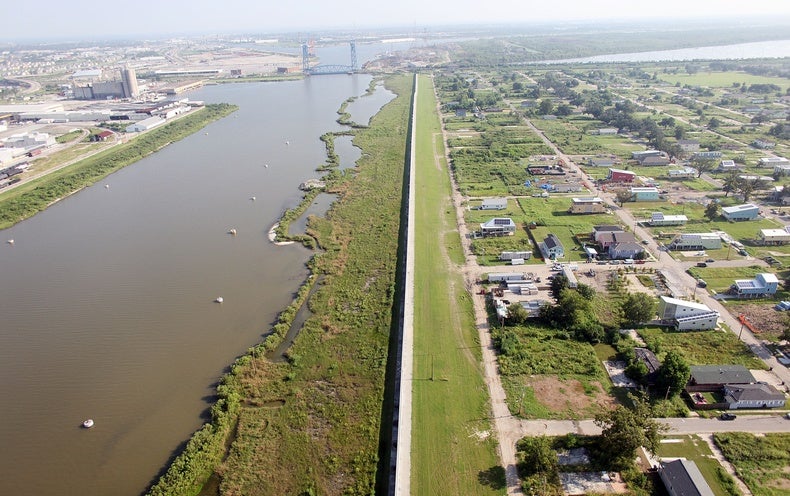They said that decades ago already.
So that you're aware, NYC is moving to build seagates and large landform berm to prevent flooding in surge events.
That's already a real project (though not yet under construction).
That said, there's loud concerns being expressed, that the over $119,000,000,000 USD (that's 119 billion) won't be enough.
A six-mile-long barrier would help protect the city from floodwaters during fierce storms like Sandy, but critics say rising seas make the option inadequate.

www.nytimes.com
That solution, if effective at all, will only help with surges, not high tides or general ocean level rise.
It may also trap sewage leaving NY'ers surrounded by their own excrement.
There are separate projects being discussed for landlforms, wetlands and other solutions.
But NYC is facing serious issues.
Will it survive? Of course; too much money tied up there not to defend a good chunk of it from nature.
But the defense will likely increase the cost-of-living, and probably still dislocate at least thousands and maybe over 100,000 New Yorkers.
L.A. will likewise survive, it will just do so with a rising cost of living, some lifestyle changes, and some displacement.
How much is TBD. We really don't know the concrete answers at this stage.
But the challenges will be material.
Here's a further report on proposed changes to the East River Corridor for the same reasons, including burying the current East River Park.
The city’s billion dollar plan to make the East River waterfront more resilient has a neighborhood up in arms.

ny.curbed.com








